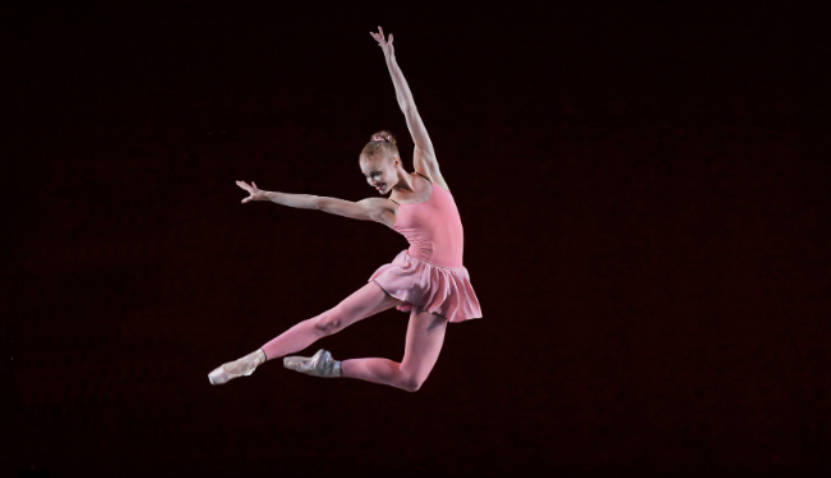Ballet is a beautiful and challenging art form that requires dedication and hard work to master. Whether you’re a beginner just starting out or an experienced dancer looking to improve your skills, setting clear goals can help guide your practice and keep you motivated. In this article, we’ll explore how to determine your ballet goals, so you can make the most of your training and achieve your desired outcomes.
1: Why Set Ballet Goals
Before we dive into how to set ballet goals, let’s first discuss why it’s important to have them in the first place. Setting goals can help you:
- Stay Focused: When you have clear goals in mind, you’re less likely to get distracted or discouraged by setbacks or challenges.
- Measure Progress: Goals provide a way to track your progress and celebrate your accomplishments.
- Improve Performance: By focusing on specific areas of improvement, you can develop new skills and enhance your overall performance.
- Stay Motivated: Having goals to work towards can keep you motivated and inspired to keep pushing yourself.
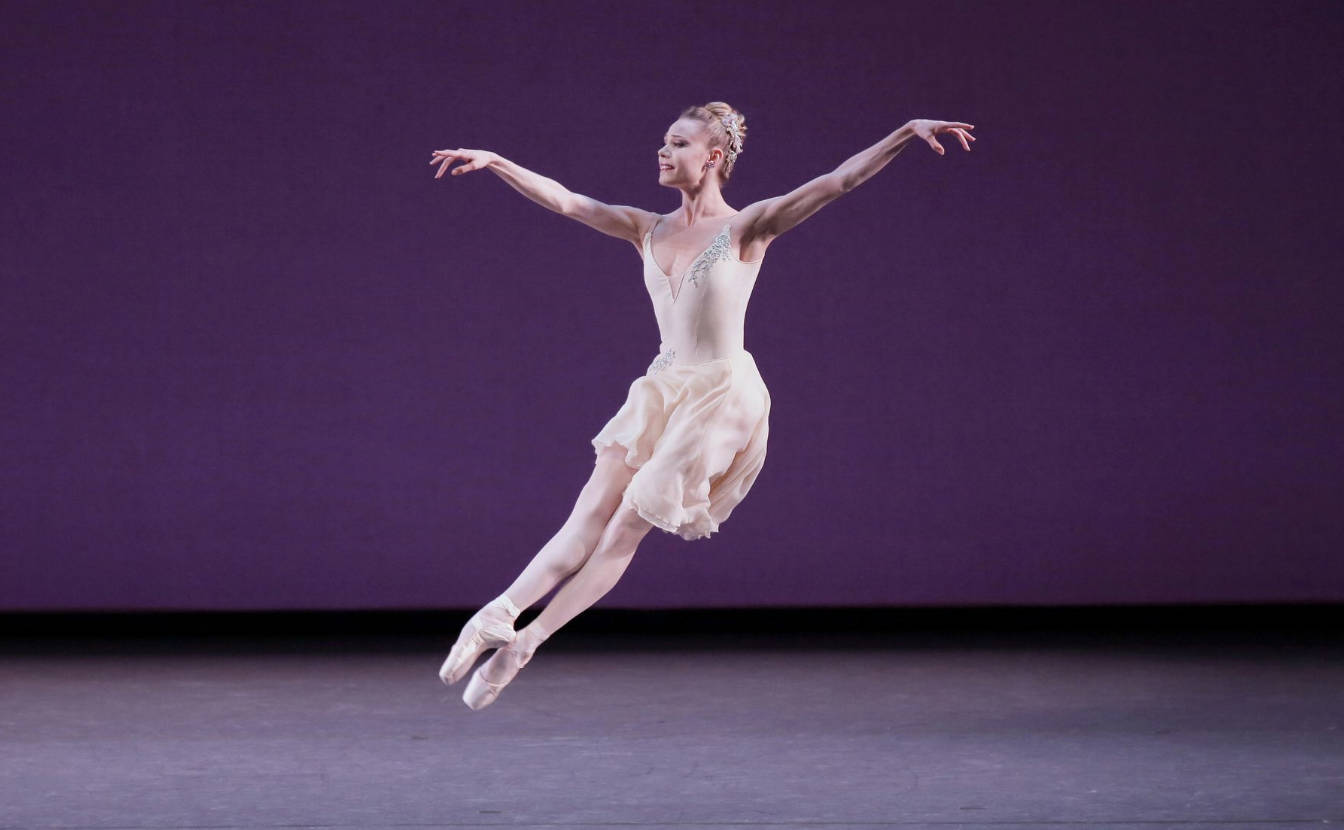
2: Identifying Your Ballet Goals
To set effective ballet goals, it’s important to identify what you hope to achieve from your practice. Here are some questions to consider:
- What are your motivations for learning ballet? Do you want to become a professional dancer, or is it a hobby?
- What areas do you want to improve on? Is it your technique, flexibility, or performance quality?
- What is your current level of experience, and what do you hope to achieve in the future?
- Are there any specific ballets, roles, or choreography that you aspire to perform?
- What is your timeline for achieving your goals, and what steps will you need to take to get there?
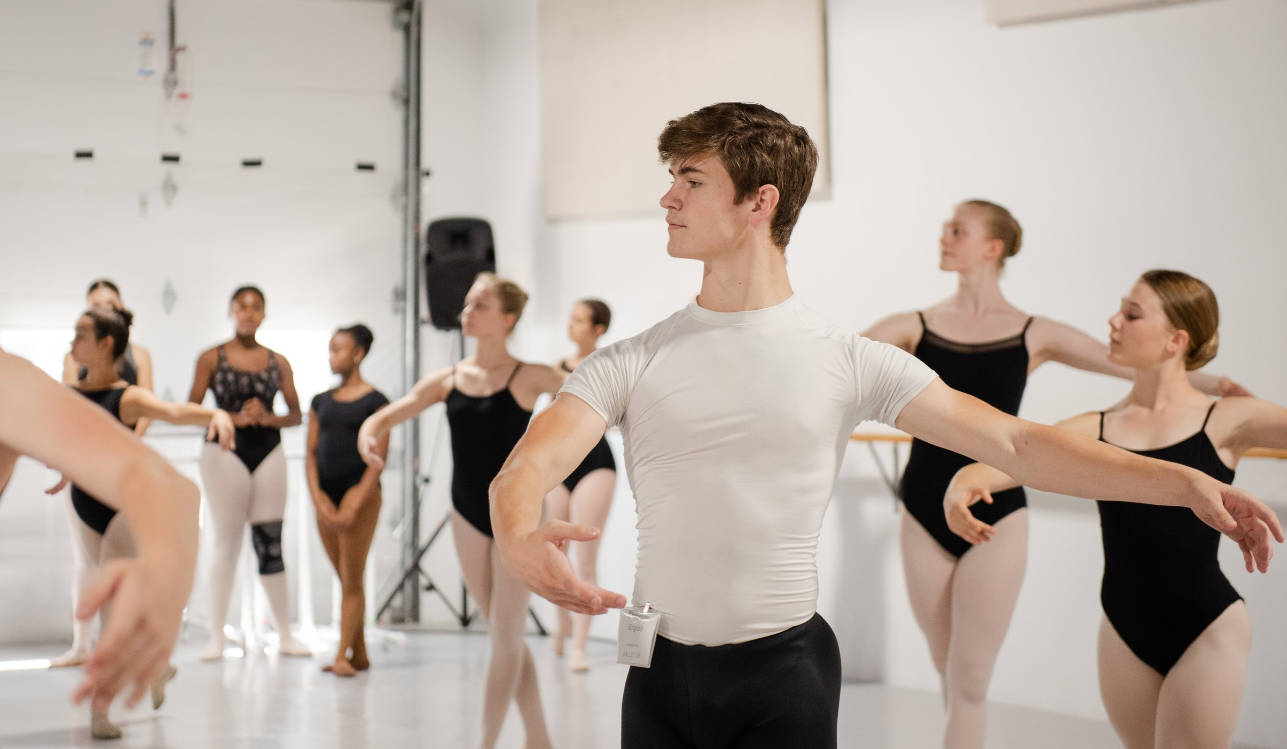
3: Types of Ballet Goals
Now that you’ve identified your motivations and areas of improvement, it’s time to set specific goals. Here are some common types of ballet goals to consider:
- Technical Goals: These focus on improving your technique, such as mastering a difficult turn or developing better alignment.
- Artistic Goals: These focus on developing your artistic expression, such as emoting through your performance or refining your musicality.
- Performance Goals: These focus on preparing for a specific performance, such as perfecting a solo or rehearsing for a show.
- Physical Goals: These focus on developing your physical abilities, such as increasing your strength or flexibility.
- Long-Term Goals: These focus on achieving major milestones, such as becoming a professional dancer or joining a dance company.
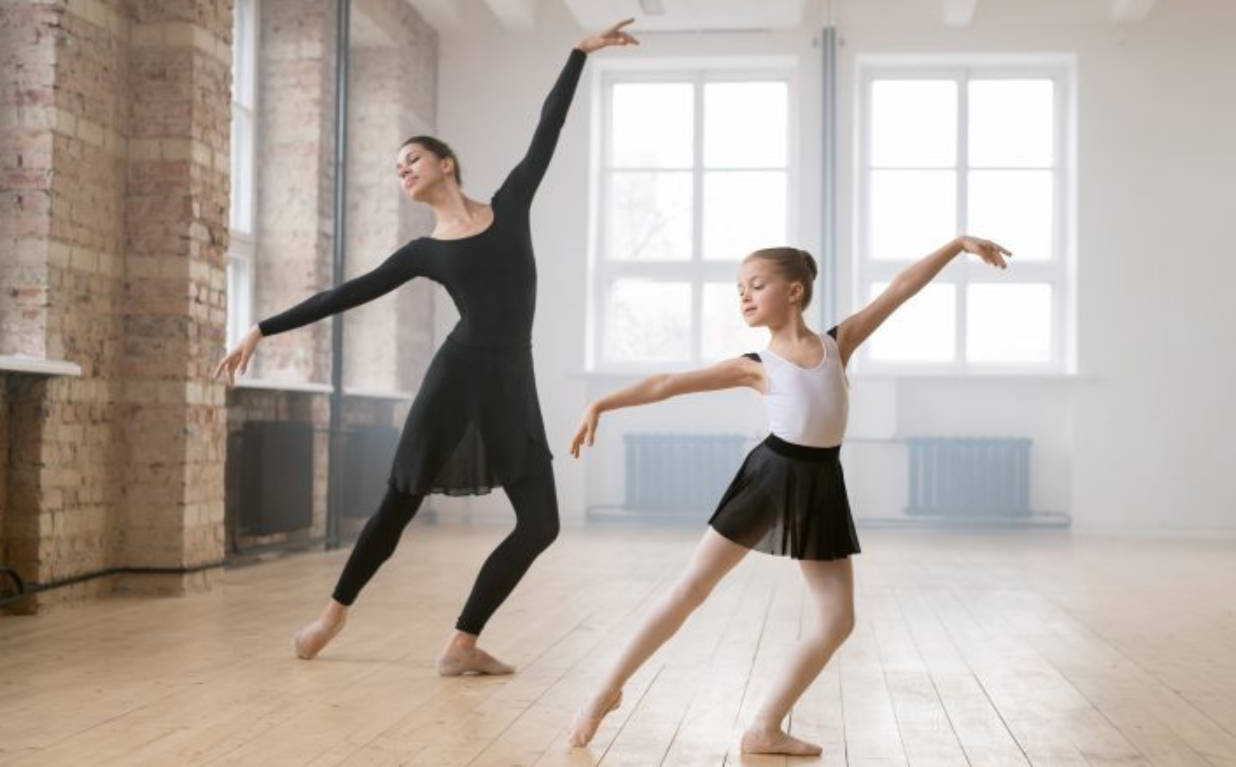
4: Setting SMART Ballet Goals
To set effective ballet goals, it’s important to make them SMART - Specific, Measurable, Attainable, Relevant, and Time-Bound. Here’s what each of these mean:
- Specific: Goals should be clearly defined and specific, so you know exactly what you’re working towards.
- Measurable: Goals should be measurable, so you can track your progress and adjust your approach as needed.
- Attainable: Goals should be challenging but attainable, so you don’t feel discouraged or overwhelmed.
- Relevant: Goals should be relevant to your motivations and areas of improvement, so you’re working towards something that matters to you.
- Time-Bound: Goals should have a clear deadline or timeline, so you stay focused and motivated to achieve them.
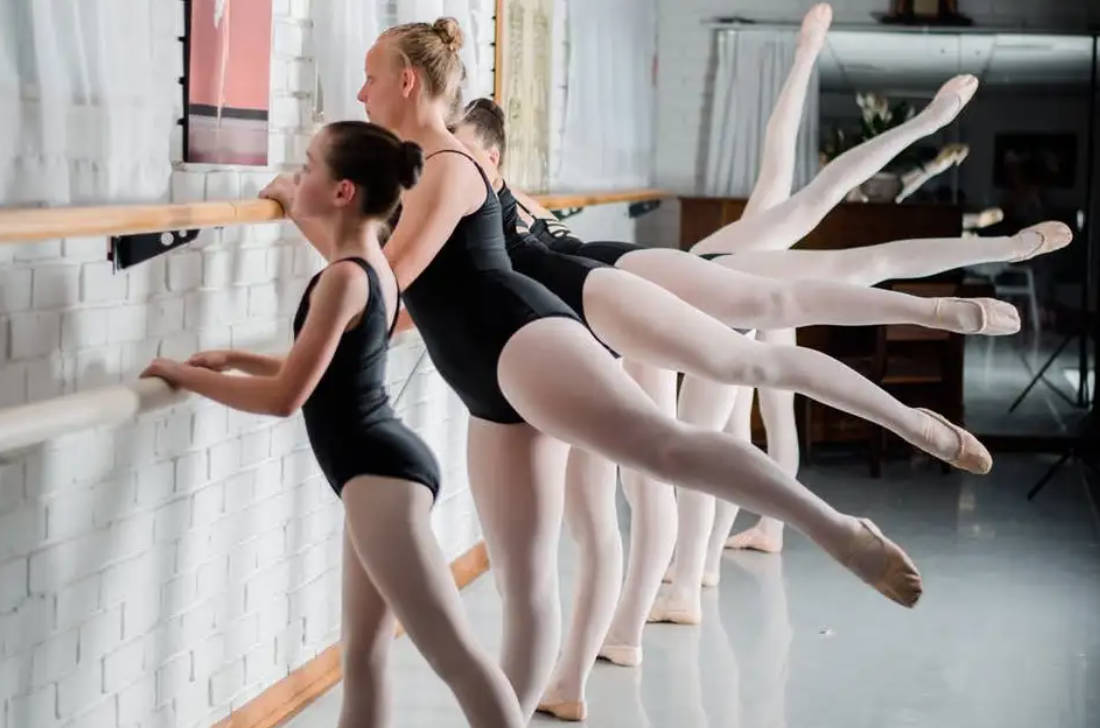
5: Putting Your Ballet Goals into Action
Now that you’ve identified your motivations, areas of improvement, and specific goals, it’s time to put them into action. Here are some steps to consider:
- Break Down Your Goals: Break down your long-term goals into smaller, achievable steps, so you can make progress towards them over time.
- Create a Plan: Create a plan that outlines the specific actions you’ll take to achieve your goals, such as attending more classes or working with a private instructor.
- Track Your Progress: Regularly track your progress towards your goals, so you can see how far you’ve come and make adjustments as needed.
- Stay Accountable: Share your goals with others, such as your instructor or fellow dancers, and seek their support and encouragement to help you stay accountable.
- Celebrate Your Successes: Celebrate your accomplishments along the way, no matter how small, to keep yourself motivated and inspired.

6: Pros and Cons of Setting Ballet Goals
While setting ballet goals can be beneficial, there are also some potential drawbacks to consider. Here are some pros and cons:
Pros:
- Provides a sense of direction and purpose in your practice.
- Helps you measure progress and celebrate accomplishments.
- Can enhance motivation and focus.
- Can help you identify areas of weakness and work on improving them.
Cons:
- Can create pressure and stress to achieve certain outcomes.
- May lead to feelings of disappointment or failure if goals are not achieved.
- Can lead to a focus on the end result rather than the process of learning and improving.
- Can be limiting if goals are too narrow or inflexible.
Conclusion:
Setting ballet goals is an important aspect of developing your skills and achieving your desired outcomes. By identifying your motivations, areas of improvement, and specific goals, you can create a plan to work towards achieving them. Remember to make your goals SMART, break them down into smaller steps, track your progress, and celebrate your successes along the way. While there are potential drawbacks to consider, the benefits of setting ballet goals can far outweigh the potential downsides, so don’t be afraid to set your sights high and work towards achieving your dreams.
